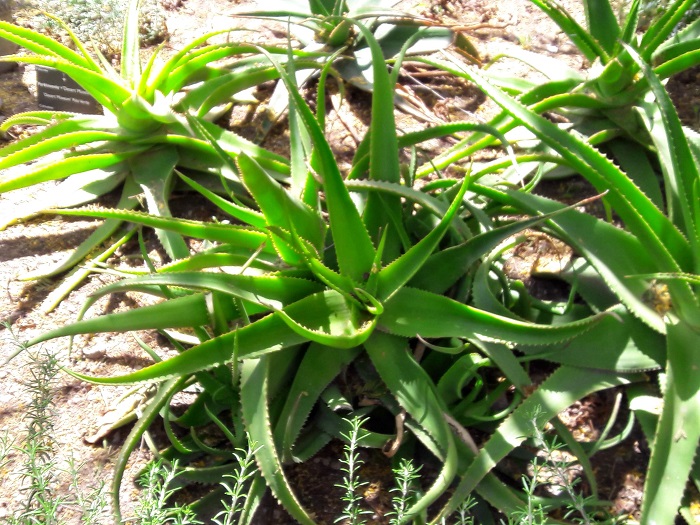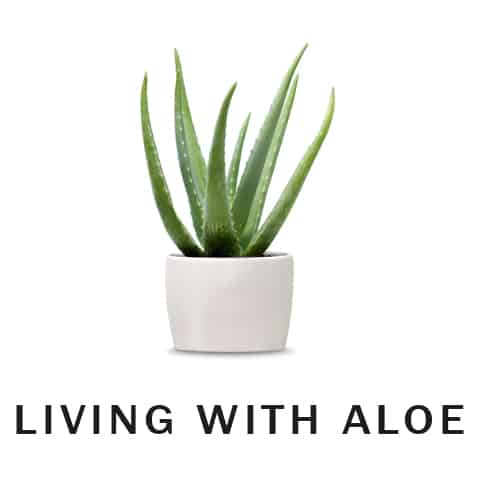
Aloe vera is a plant that does not soak up water and thrive well. Because it is home in arid or desert climates, it is better to use a media of sand and peat moss when planting the plant. While you can use soil for the plant, you will encourage drainage and remove any excess water by using a half-part sand and peat most blend. You can also use a media consisting of half-sand and perlite, as well.
Avoid Overwatering the Plant
The best way to make the most of this plant is by planting it in a terra cotta container with a base to catch the water underneath. Do not allow the plant to stand in the water when it drains. Instead, remove any standing water. That way, you can keep the plant healthy and safe. Fungal infections can kill aloe vera plants that have been overwatered. Only water the plant when the top soil is completely dry.
Soil and/or Sand Mixes or Products You Might Try
With those suggestions made, you can also use the following admixtures and products to support the growth of your aloe vera plant.
1. Half potting soil and one-half sand. This mix is the easiest and most affordable choice for maintaining your aloe plant. Just make sure you don’t use sand from a beach. Always use river sand.
2. Half granite grit with one-half potting soil. This alternative mix to sand and potting soil also provides effective drainage.
3. Equal parts of sand, potting soil, and perlite. Perlite is a volcanic rock that can expand as much as 20 times its normal heat volume. Therefore, use perlite for aeration and moisture retention in desert locations.
4. Desert potting soil. Potting soil can be found in gardening stores and nurseries that is especially designed for desert plants, such as cacti and aloe vera. If you don’t want to mess with mixing soils and sands, you may want to opt for this solution.
Be Careful when Using a Mulch
One thing you need to remember. Never use a bark in a mulch for aloe vera. This type of organic product will not encourage drainage, and will damage the plant, as it encourages too much moisture retention.
How to Compensate for any Lack of Nutrition
Now that you know what mediums you can choose to support aloe vera growth, you can decide better how to proceed. One thing to note – planting aloe vera in a sand mix, while good for drainage, will reduce the plant’s food supply.
6 Tips For Growing Aloe Vera for Beginners
Add a Fertilizer
The nutrients that are added to a desert potting soil, for instance, are replaced by a less nutrient-friendly sandy medium. If you choose to use sand for drainage, you will need to find a way for the plant to receive the proper nutrition. One way to do this is to add a diluted fertilizer. This can take the form of a balanced liquid blend or slow-release pellets.
Don’t Use a Compost to Support Nutrition
Never use a compost to solve the issue of nutrition, as composts contain organic elements that boost moisture levels in the soil. By fixing one problem, you can create a new one.
Buy Pots with Lots of Holes
Along with the proper media, make sure your aloe vera pot always has drainage holes. Those holes are necessary for the survival of your plant. While fungi growth results from two much moisture and diseases can fester in overwatered soil, overwatering is the reason that aloes die.
How To Make Aloe Vera Plant Bloom
Some Final Notes
If your aloe vera is overwatered, it will appear lifeless and limp. You can avoid this from happening by using the right media, planting your aloe in a pot with lots of holes, and keep the plant from standing in water for any undue length of time.
Also, this is an important warning: Don’t plant your aloe entirely in sand. Also, don’t use the wrong sand – always use river sand instead of beach sand, or the type of sand you find on the local playground. Playground sand is much too fine for your aloe’s needs. When sand is too fine, it becomes compacted. When this happens, you’ll end up drowning and killing your plant.
